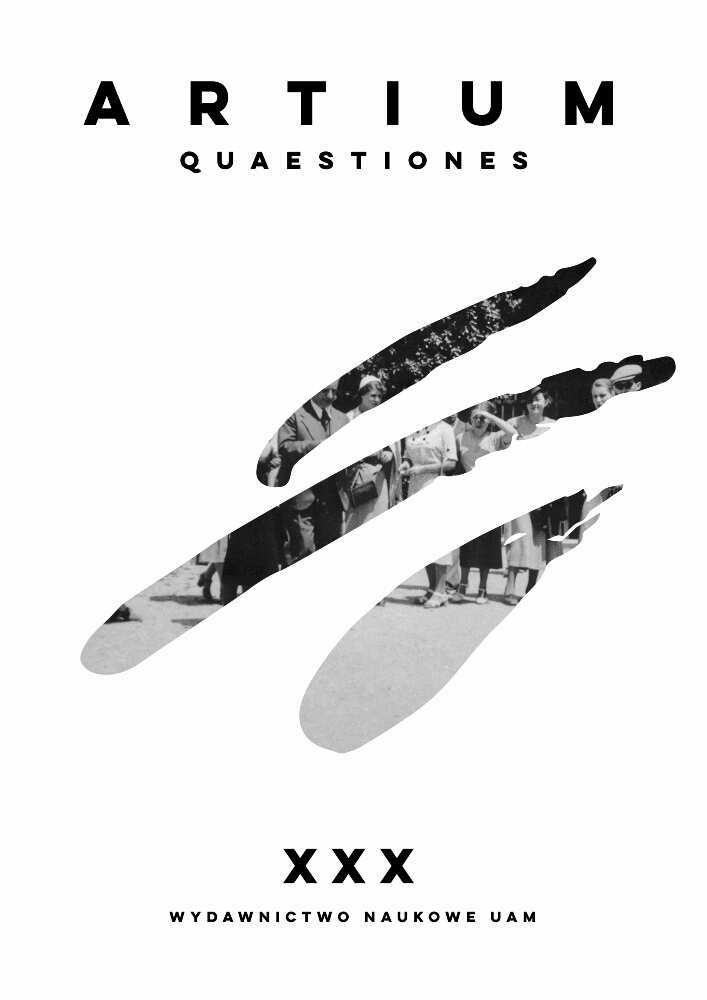Abstract
The present essay includes the author’s memories of his university studies and the intellectual formation that he received as a student of art history at the University of Poznań in 1949-1954. His first professor who opened to him the door to art history and exerted on him a strong intellectual influence, was Szczęsny Dettloff, a disciple of Heinrich Wölfflin in Munich and Max Dvořák in Vienna. Dettloff taught his students that the foundation of studying art in history is the study of the form of an individual artwork He believed that without a proper analysis of form it is impossible to construct appropriate series of the works of art and specify their position in the culture of the times of their origin. Similar sensitivity to form and the understanding of its significance for the art historian’s work were represented by two other professors important for the author, both educated by Dettloff already before World War II: Gwido Chmarzyński and Zdzisław Kępiński. When in 1957-1968 the author was a postgraduate student in the Centre d’Études Supérieures de Civilisation Médiévale at the University of Poitiers (CÉSCM), it turned out that the local methodological tradition was similar to what he had learned in Poznań before. The CÉSCM was founded as a multidisciplinary institute for the study of the Middle Ages, combining history, art history, literary history, and the history of ideas. It was important that one of them could shed light on an object studied by another, but each of them, including art history, kept its material and methodological identity. In the French tradition, art history had an “autonomous” status, focusing on artistic creation as a special sphere of human activity. That idea influenced also quite strongly the study of medieval architecture, originated in the early 19th century by Arcisse de Caumont, and continued until today by many generations of French scholars. What is characteristic of their research is meticulous analysis of form, articulated with a precise, detailed, and comprehensive specialist vocabulary. The lectures of French scholars on medieval architecture, which the author attended in Paris and Poitiers, taught him precision in the analysis of the artwork’s structure and its components, as well as responsibility for every single statement made on art. For a young art historian who did not specialize in architecture but in representational arts, that French experience was a lesson of methodological rigor necessary in the intellectual pursuits of the humanities scholar.
License
The copyrights are regulated by author's statement and publication agreement prepared by Adam Mickiewicz University Press. The authors are responsible for the originality of texts published and regulating the copyrights of accompanying visual materials, unless the materials come from the Editorial Team.
This work is available with the following licence: Attribution-NonCommercial-NoDerivatives 4.0 International License
Attribution-NonCommercial-NoDerivatives 4.0 International License
